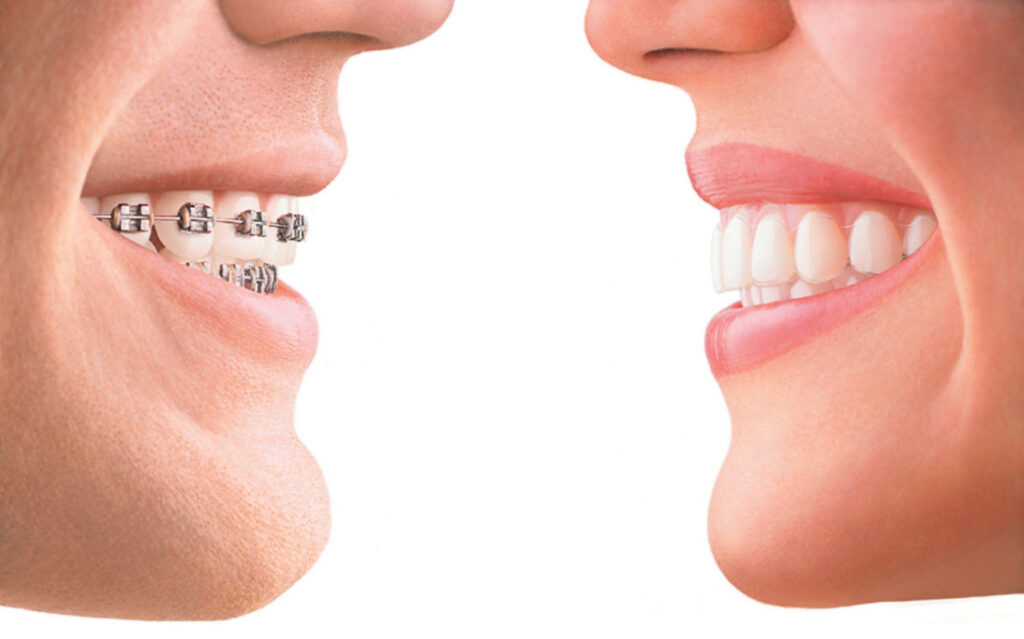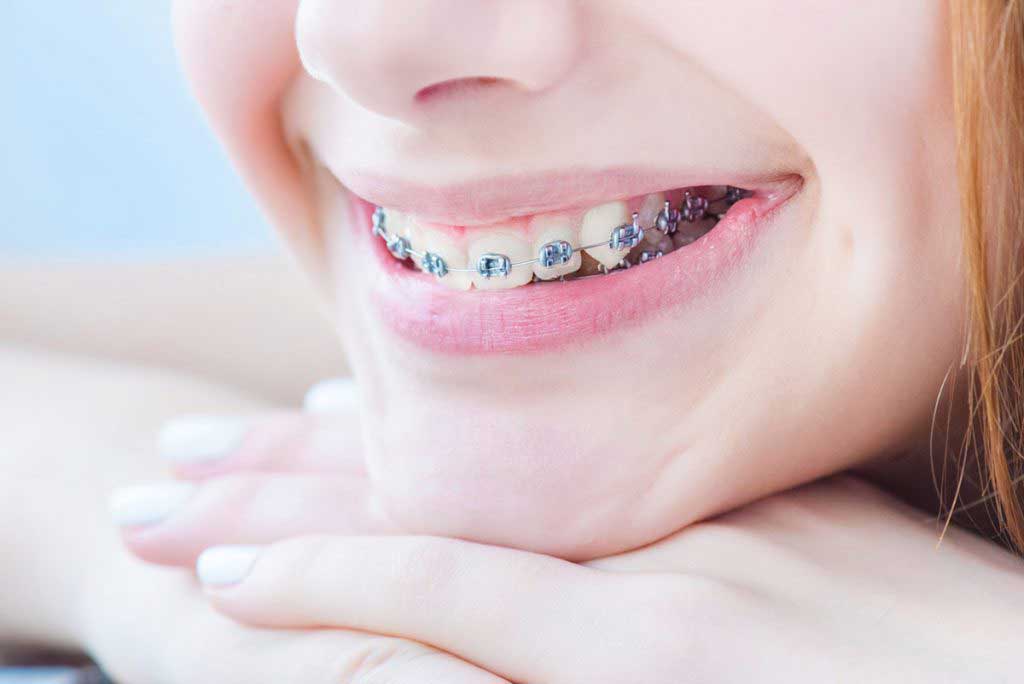While you may think an orthodontist usually fixes teeth, did you know that they can also fix your bite? Your bite is how your teeth fit together and it’s one of the most important parts of orthodontic treatment.
Unfortunately, not everyone is born with the perfect bite. Though for some people their imperfect bite is mild, for others their ‘malocclusion’ (orthodontist speak for a bad bite) can lead to a range of oral health issues.
How are the teeth supposed to line up?
Human teeth are designed to fit together almost perfectly in a very specific pattern. When an orthodontist evaluates your bite, they will look at it from three different angles; the front, the side, and the full arch view.

The front view of your teeth is what you will see in the mirror while cleaning your pearly whites in the morning and at night. If you have an ideal bite, the edges of your top teeth should follow the curve of your bottom lip. Most of your bottom teeth should be visible when you clench your teeth.
A ‘deep bite’ occurs when your upper teeth cover too much of your bottom teeth, which can lead to tooth wear and damage. Meanwhile, an ‘open bite’ occurs when your front teeth don’t overlap at all and there is only contact on the back teeth.
Examining your bite from the right or left side may be difficult to do by yourself. Your teeth should fit like cogs in a wheel. The pointed ends of the upper teeth should fit perfectly between two teeth on the bottom, while the upper teeth should sit slightly in front of your lower teeth.
If the lower teeth sit in front of the upper teeth, this is commonly called a ‘reverse’ or ‘under’ bite, and if the lower teeth sit too far behind the top teeth, this is commonly called an ‘overbite’.
Lastly, an arch view is a little more difficult to define. It’s what you see when you open your mouth wide open and look at the top of your lower teeth or the bottom of your upper teeth. From this angle, each tooth should be touching the one next to it, with no spacing in between.
Are front teeth supposed to be longer?
To have an ideal bite, your front two teeth should generally be a little longer than your bottom teeth. Most people should have front teeth that a rectangular in shape. Having squarer teeth isn’t a bad sign either, but if you want more rectangular front teeth then speak to your orthodontist to get their opinion on the subject.
You should also speak to your orthodontist if you notice that one tooth is longer than the other. When this happens, it can be a sign that your teeth aren’t in place or that one of your front teeth is crooked. Your orthodontist will be more than happy to write up a treatment plan to help your teeth be similar in length.
Is the ideal bite different for different people?
No two people have the same bite. And though we described what an ideal bite looks like, the reality is that your orthodontist will identify what a perfect bite is for you and your oral health needs so that you can get the right treatment.
A lot of what makes our bites different from one another comes down to a number of factors, with the primary one being genetics. If you have an underbite or overbite, chances are you can thank your parents for that one.
But if you’ve been in an accident that has affected your jaw, then there’s a strong chance that your bite would be affected and requires orthodontic treatment of some kind.

What happens if you don’t fix your bite?
Having straight teeth not only enhances your smile, but it can greatly improve your oral health and wellbeing. There are some common health issues associated with a bad bite, such as speech difficulty, being more prove to cavities or gum disease, muscle strain and early enamel wear.
If you think your bite needs to be checked, then you can use our Finder Tool to find an orthodontist near you and request a consultation. An orthodontist can look at your bite and appearance of your teeth so that they can provide the best treatment plan for you and your smile.











Hi I was just wondering if I can still do a payment plan if I’m on Centrelink payments for braces 🙂
Hi Kara, This should not be a problem. The payment plan is organised directly through your orthodontic provider, without the assistance of Medicare. Please speak to your orthodontist to get more information.
hey, thanks from the US! We just found out my daughter has a slight overjet and we’re learning more about teeth to understand the situation. Thanks for the explanation!